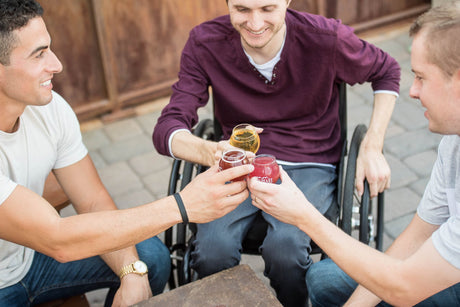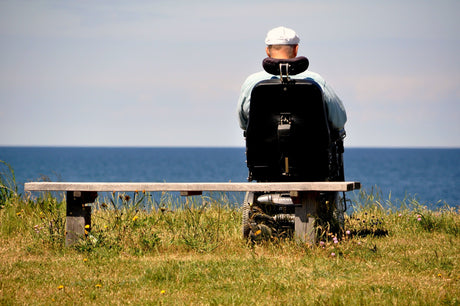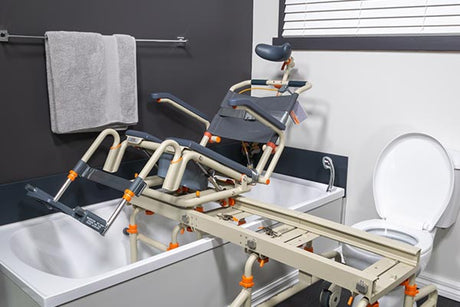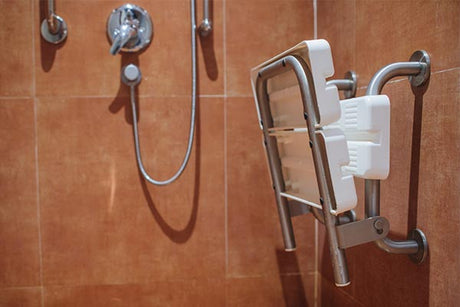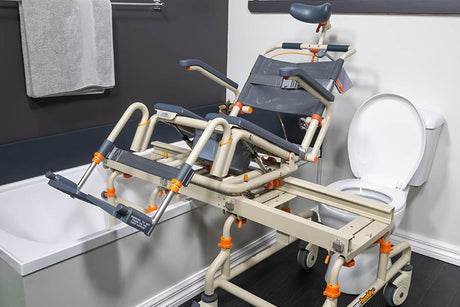Bringing your wheelchair or walking aid
Not all wheelchairs are equal
First, not all wheelchairs are built equally. Anyone who’s lived in a wheelchair and tried multiple models knows there are nuances in the operation of a wheelchair from the drive wheel thickness to the braking action to the feel of the seat and backrest. All of these differences can add up, making a chair that’s unfamiliar feel pretty strange for a while. When you’re travelling abroad, dealing with a number of new experiences and challenges, is there really a need to add even more obstacles?
The cost of hiring
Second, the cost of hiring a chair in your destination can take budget away from the things you’d rather be spending it on – experiences, food, shopping and accommodation. Most mainstream airlines in the western world allow check in of wheelchairs free of charge, meaning that you can bring your own equipment and no extra cost. A word of warning however; make sure that you can bring a wheelchair on every leg of the journey, including domestically within the countries you’re travelling through. One issue here, and you can be stuck having to pay for checked luggage.
Customisation and configuration
Then there’s the matter of customisation and configuration of your wheelchair. If you or your loved one has had a wheelchair modified to specific support requirements, it can be a big challenge to replicate this in a hired chair abroad. For any significant customisation, it may be virtually impossible to get something right for the job. Instead, bring your own wheelchair and be exploring in no time.
When bringing a wheelchair on a plane, like all luggage, there’s a worry of parts getting damaged. If you’re concerned, remove components like the joystick for a powered wheelchair, pack the chair down and bubble wrap it. You can always use the airport or airline wheelchairs to get around in the terminal and onto the flight while your chair is checked in.
Make bathroom use familiar and comfortable
Part of our range is the Eco Traveller SB7e, an ultra-portable but highly capable travel bathroom chair. This solution provides a robust and comfortable chair in which the user can be bathed, use the toilet and be maneuvered around by a carer. We offer this popular solution because we understand that using the bathroom, among the most personal and private of human activities, becomes a real struggle to be comfortable when abroad. Add a mobility impairment to the mix and relying on a disabled bathroom can become a stressful and sometimes unpleasant experience.

Travel isn’t always glamorous, and when you’re encountering new situations each day, it’s nice to know that your toileting and bathing is taken care of every time.
Portable Ramps
A portable ramp is an excellent accessory for any mobility-minded traveller looking to be prepared for any accessibility challenge that comes their way. These handy accessibility tools fold down into a smaller footprint, or are made from a lightweight by sturdy rubber or plastic. While it might feel like going overboard for some, for others having the option of a ramp in the suitcase can be a lifesaver while on holiday. Think of a scenario where you’re staying in a short term rental. It’s perfect other than a pesky edge between the threshold and the outside of the property. A portable ramp will immediately solve this issue.
And what about when you’re out on a day trip in a rental car to various sights? Throwing a portable ramp in the back of the car gives that extra peace of mind that the whole travel group can get around without some poor accessibility design getting in the way.
Granted, these ramps may not solve all of your accessibility woes, but they are a product category that comes in various shapes and sizes, so do some research into your options if you think you’ll need something substantial.
While you may wish to bring a portable ramp with you from home, you’ve also got the option of hiring from a mobility products hire company. This can help reduce the hassle of transporting an additional piece of equipment across the world while still having the creature comforts of home.
We suggest liaising with your accommodation; a good hotel will go the extra mile for you and find this solution for you with their local knowledge.

Devices and gadgets
Travel includes plenty of waiting, especially when it comes to air travel, but a tablet, computer or phone can also be handy when winding down in the evenings. A portable device like a smartphone or iPad is really useful if you want to take lots of photography.
Charge devices regularly
Travel can often mean long periods without a power outlet nearby. Charge up all your devices at home or in the hotel before setting off.
Use A Battery Pack
To be safe, consider investing in a battery pack that supports lightning (iPhone), USB C (most other portable devices) and USB A (often called USB3 as well). This will allow you to charge tablets, phones and many laptops on the go.
Choose something with at least 20,000mAh (milliamp Hour) that will be able to charge a few devices to full capacity on the go at least. If you’re a heavy user, consider something closer to 40,000mAh or beyond. And remember to keep that battery pack charged up when you’re able to access a power point for a good period of time.
Security first
Always stay security conscious with your devices. Despite being ubiquitous, smart devices are still a target for thieves. Look for your device’s ‘Find my…’ function – both iOS and Android smart devices have this built into the operating system, but you should make sure it’s set up properly.
Protect your devices
Travel means lots of new environments and weather, so you may find your devices get a bit of wear and tear on them during the trip. To reduce the likelihood of permanent damage to your device, opt for a good, protective case and a screen protector. Combined with modern smart phone’s water resistance, this helps keep your devices in good shape. However, if you have a folding device, you will want to keep this away from the beach or environments with a lot of dust – they’re not built to withstand the elements quite as well as a traditional smartphone.
Roaming and mobile data
Make sure you have mobile data sorted out. Simply taking your phone from home with its normal SIM-card can spell disaster if you’re not on a plan that provides good roaming. You should speak with your phone carrier well before departing so they can advise you on the fees associated with roaming and even get you on a special travel plan.
You may also want to look at getting a local sim card if you plan to be in one country for an extended period of time. The issue here, however, is that you will either need a phone with two sim trays, use a second phone, or swap your usual sim card with the local one – which can result in losing the old one with all your contacts.
Our recommendation is to speak with your carrier – many countries’ cellular providers offer competitive roaming options.


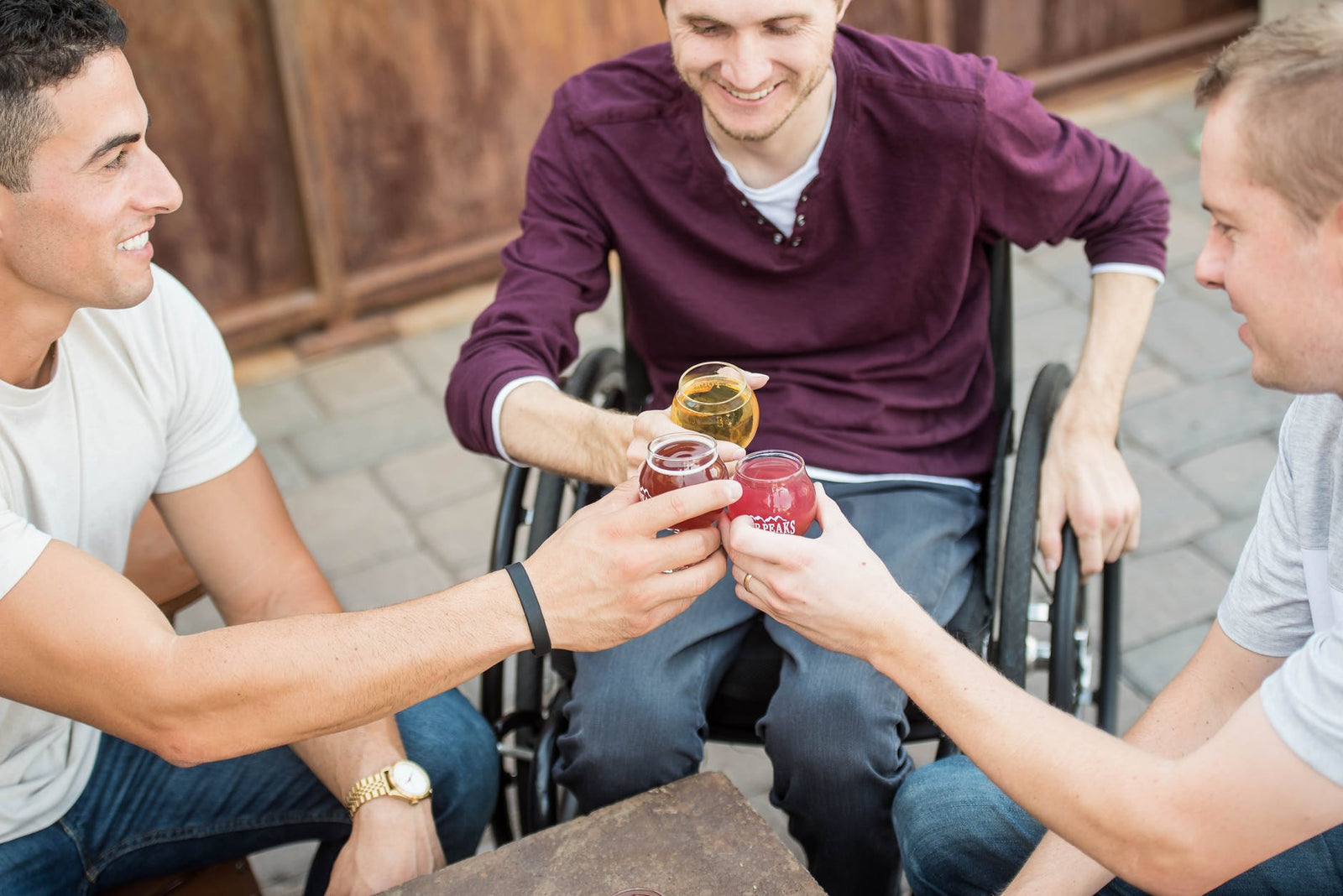
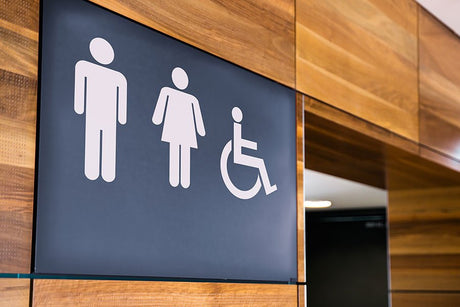
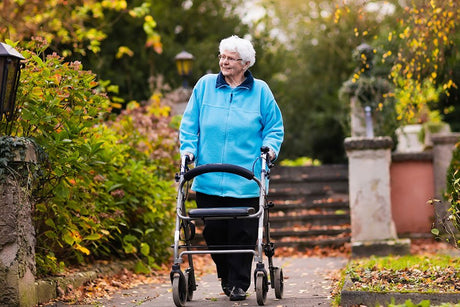
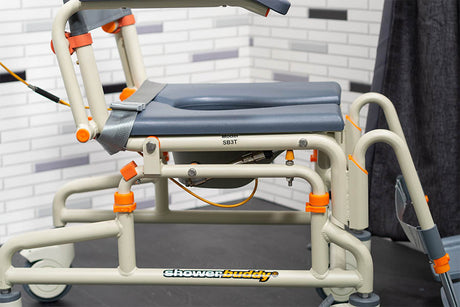
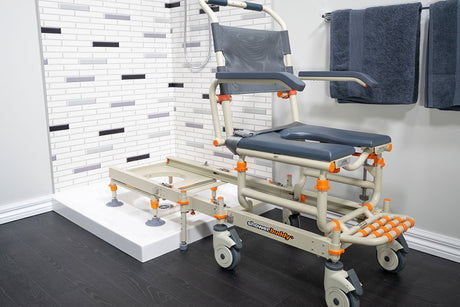

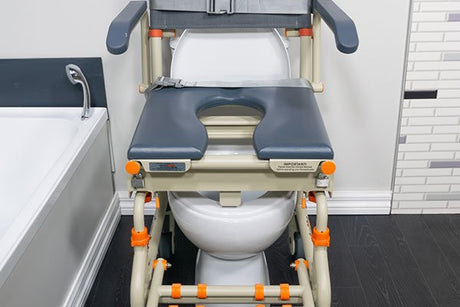

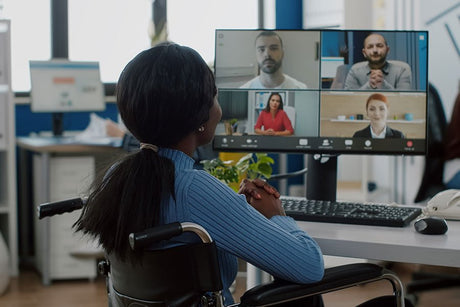
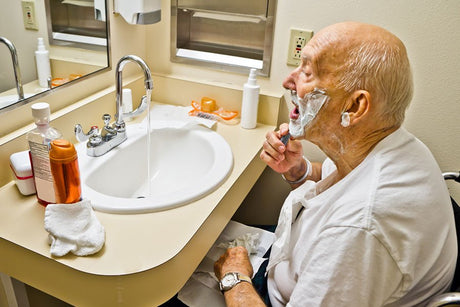

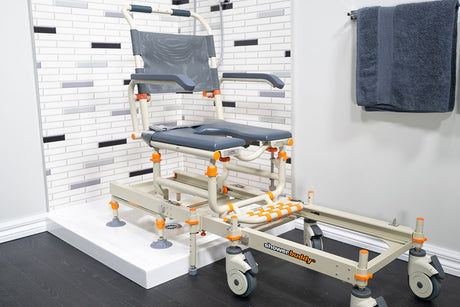

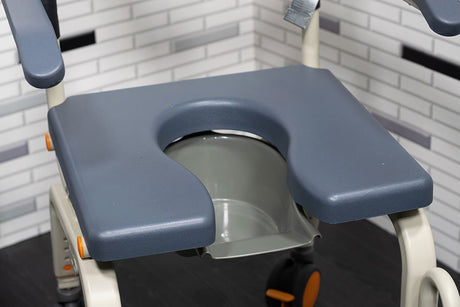

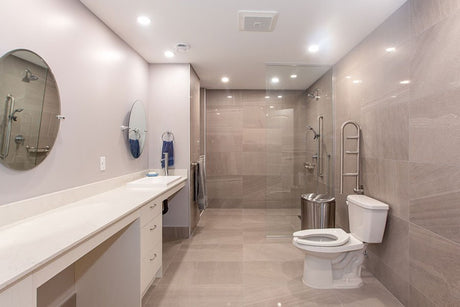

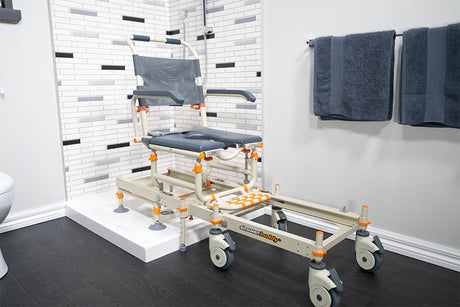

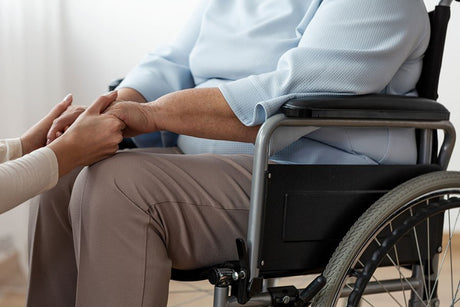
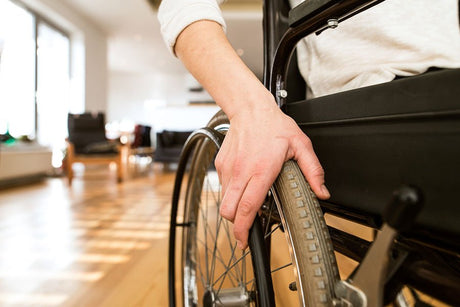
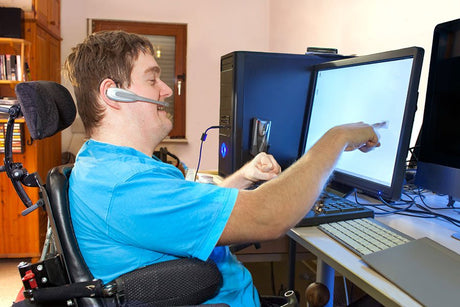


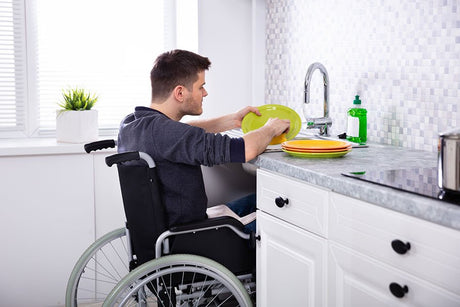
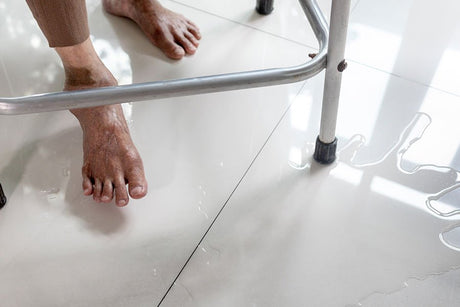
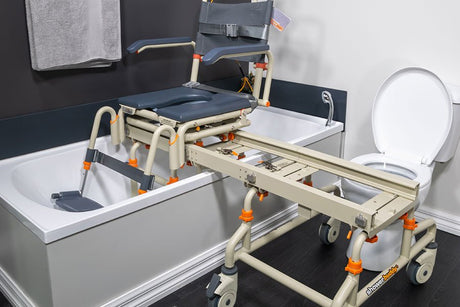
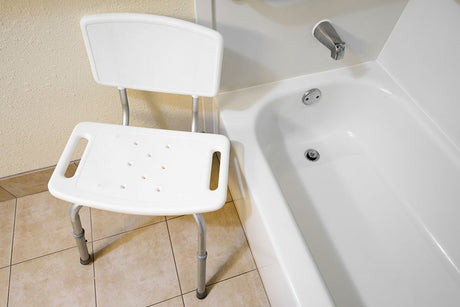
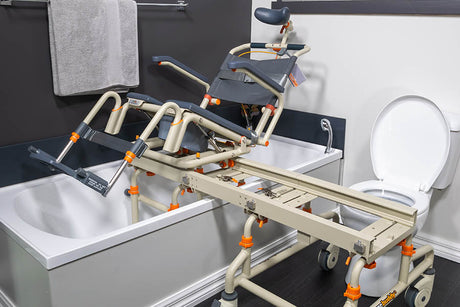
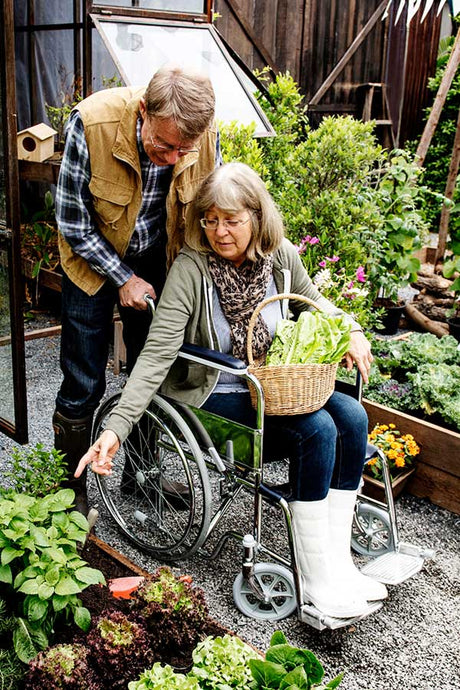
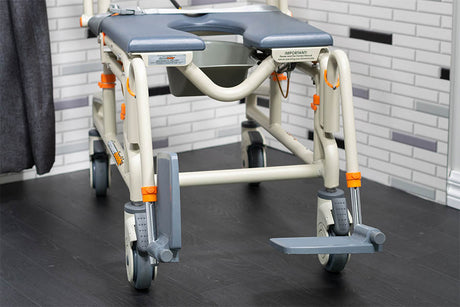

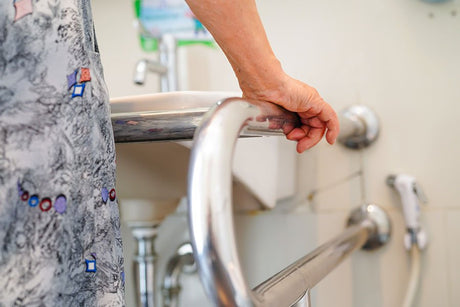


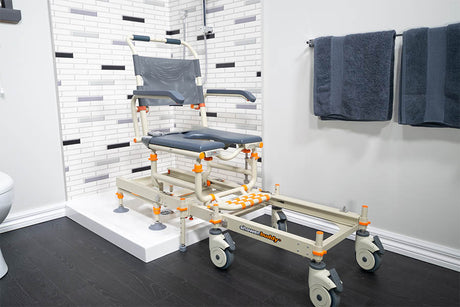
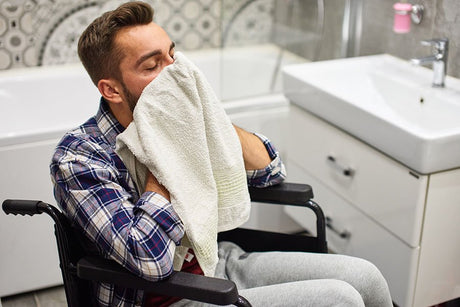


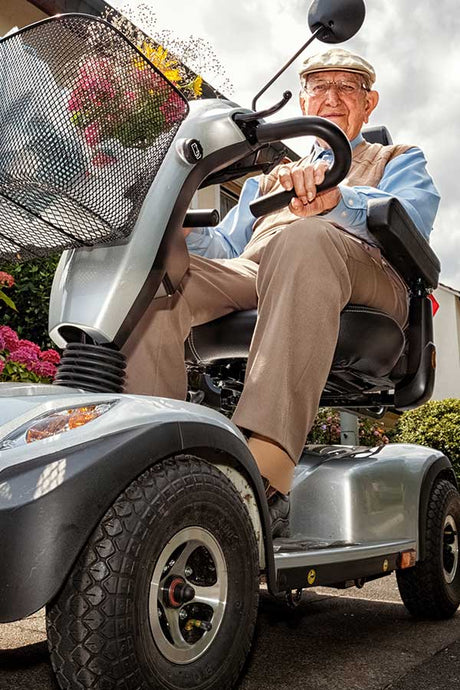

![Toilet Training A Young Child With Mobility Challenges [And How A Shower Chair Can Help]](http://shower-buddy.com/cdn/shop/articles/toilet-training-disabled-child.jpg?v=1699405543&width=460)


